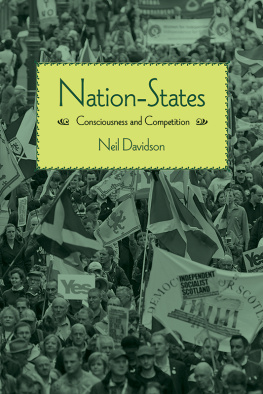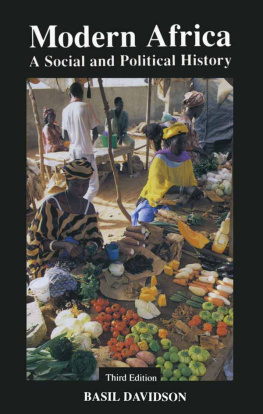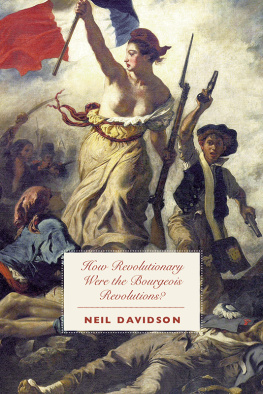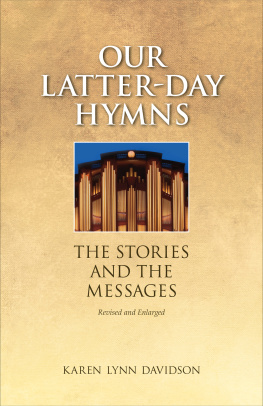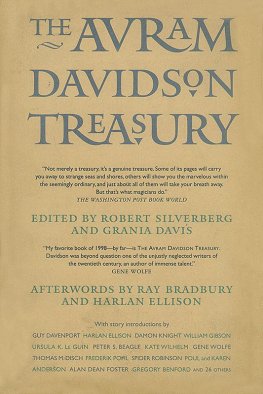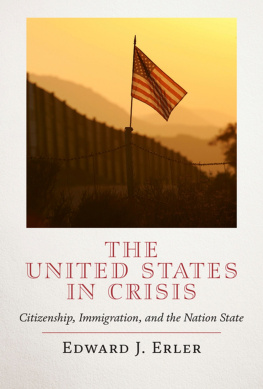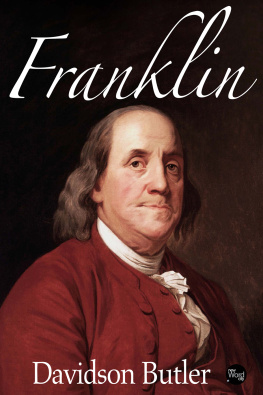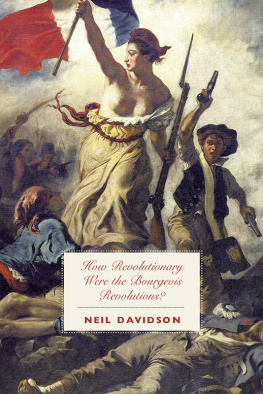Contents
Chapter 4
Marxism and Nationhood: Two Replies to John Foster
4.1 Stalinism, Nation Theory, and Scottish History
Introduction
The Origins of Scottish Nationhood was an attempt to resolve two problems, one of history and the other of contemporary politics. The historical problem was the apparent failure of the Scottish nation to conform to the modernist conception of nationhood, in which national consciousness first develops during the transition to either capitalism (in classical Marxism) or industrialization (in classical sociology). If Scotland was a nation in 1057 or 1320, as is so often claimed, then either it must be an exceptional case or the designation must also be extended to England, France, or any other unified kingdom of the medieval period. Since general theories abhor exceptions, we must conclude either that modernism is wrong, ormy preferred alternativethat Scotland achieved nationhood not in the Dark Ages or the medieval period but after the Treaty of Union with England.
One attraction of the latter, admittedly counterintuitive proposition is that it offers an explanation for the second problem: why Scottish nationalism has failed, for more than thirty years, to win more than minority support, even under the Thatcher and Major regimeindeed, the Scottish National Party has never subsequently repeated the percentage of the poll it achieved in the general election of October 1974. In other words, it explains why most Scots were able to display high levels of both Scottish national consciousness and British nationalism. If a Scottish nation only came into existence after the construction of the British state, and if the formation of this Scottish national consciousness was historically inseparable from the formation of British national consciousness, then for Scots, particularly working-class Scots, Britishness may have taken political priority because it was at the level of the British state that crucial class battles had always been fought out.
John Foster once argued that there were five main theoretical problems posed by Scotlands history as a nation: the origins of Scottish nationality; the end of Scottish statehood; the survival of Scottish nationality; the duality of Scottish and English national allegiances; and the timing of demands for greater Scottish self-government.
I do not intend to repeat my arguments about either nationhood in general or Scottish nationhood in particular, since they are set out at length in Origins and space is short. I want to focus instead on two issues. First, the arguments with which Foster seeks to challenge my understanding of Scottish history. Second, the theoretical assumptions that Foster himself brings to this debate, since these raise issues that are of concern not only to socialists based in Scotland, like Foster and myself, but to the left more generally.
Some peculiarities of Scottish development
Foster has consistently argued that Scottish nationhood is a product of feudal, not capitalist, development. I do not in fact refer, anywhere in the book, to the incorporation of feudal land payments, but leaving that aside for the moment, what was feuing, and why does Foster think it so important?
Feuing took place as follows. The feudal superior would grant a charter conferring perpetual heritable possession to the feuar (frequently a tenant) in return for a large initial down payment and payment thereafter of a fixed annual sum. Even after land had been feued out, however, the legal rights of the superior over his domains (his heritable jurisdiction) remained in place, so that even those peasants who were no longer tenants could not completely escape his authority. It is the incorporation of the heritable jurisdictions, which were specifically retained under section 20 of the Treaty of Union, that I refer to in the book. Nor were they simply a superstructural phenomenon: the baronial and regnal courts through which power was exercised also served as the means by which the lords oversaw the process of agricultural production. In 1707 jurisdictions of this kind existed nowhere else in Western Europe, because they had either been destroyed by bourgeois revolution (as in the United Netherlands and England) or been subsumed into those of the absolutist state (as in France or Spain). In short, they represented the legal embodiment of feudal social relations in the Scottish countryside. Their preservation was one of the inducements through which the capitalist English ruling class gained the acquiescence of their feudal Scottish counterparts in the Treaty of Union, by reassuring them there was no intention of initiating bourgeois revolution from above as the Cromwellian regime had done in the 1650s.
Given that these social relations prevailed in Scotland at and beyond the point of Union, it is difficult to take seriously the claim that rural social structures were transformed during the fifteenth century by Scotlands position as a supplier of wool to the proto-capitalist textile industries of Flanders and Italy, a process that supposedly resulted in agricultural defeudalisation.
More important than the fortunes of the wool industry, however, is the fact that it was not in any case the key to the feuing movement. The timing is all wrong. As Foster himself notes, feuing as a method for disposing of land had been taking place on the lands of that greatest of medieval landowners, the Catholic Church, since the fourteenth century. The process was encouraged more widely, however, by an act of the Scottish Parliament of 1458, the very point at which the decline of the wool industry began. Out of the 3,061 feu charters of church lands granted by the 1580s, only 106 were granted before 1500, and even excluding all cases where the date is uncertain, a minimum of 1,562, or over half, were granted after the Reformation of 1560, which suggests where the real impetus behind the movement lay.
The feudal lords needed to increase their immediate disposable income but were restricted by the physical limits of what could be appropriated from their tenants; many were therefore tempted into changing the nature of occupancy on their lands. It occurred to at least some of the nobility, however, that they need not stop at feuing their own lands but could progress to church lands, the annual revenue of which was nearly 400,000 in 1560ten times what those of the crown made, divided up among a mere three thousand clergy (out of a population of eight hundred thousand). The church began to appear not merely as a contributor to their financial difficulties but as a potential solution. Yet there was urgency to such considerations. The example of the Reformation in England, where clerical abuses had been one of the justifications for the assault on the church, led to pressure for self-regulation in Scotland. Three councilsin 1549, 1552, and 1559passed statutes seeking to curb the activities of the unregenerate clergy. The greater lords feared that an internally reformed church might provide them with less excuse to seize its assets while simultaneously challenging their existing exploitation of church offices. The lesser lords had always resented paying tiends (i.e., tithes) they could not afford to a church they did not control, and some of them at least were prepared to follow the magnates, if only to remove these financial burdens.
Here is at least one motivation (although scarcely the only one) behind the Scottish Reformation. Walter Makey is surely correct to write of the outcome that these changes made significant adjustments in the structure of feudal Scotland without undermining its foundations; blood was drained out of the first estate and transfused into the second. The only area where feuing left any permanent residue of independent yeoman farmers was in the southwest, the base for the Covenanting revolt against the absolutist Stuart monarchy between 1660 and 1688. The heroism of the later Covenanters is unquestionable, but their regional isolation tells its own story about the failure of a rural capitalist class to develop across Scotland as a whole before the eighteenth century.
Next page
